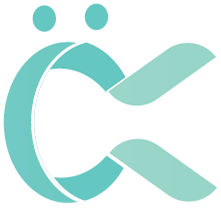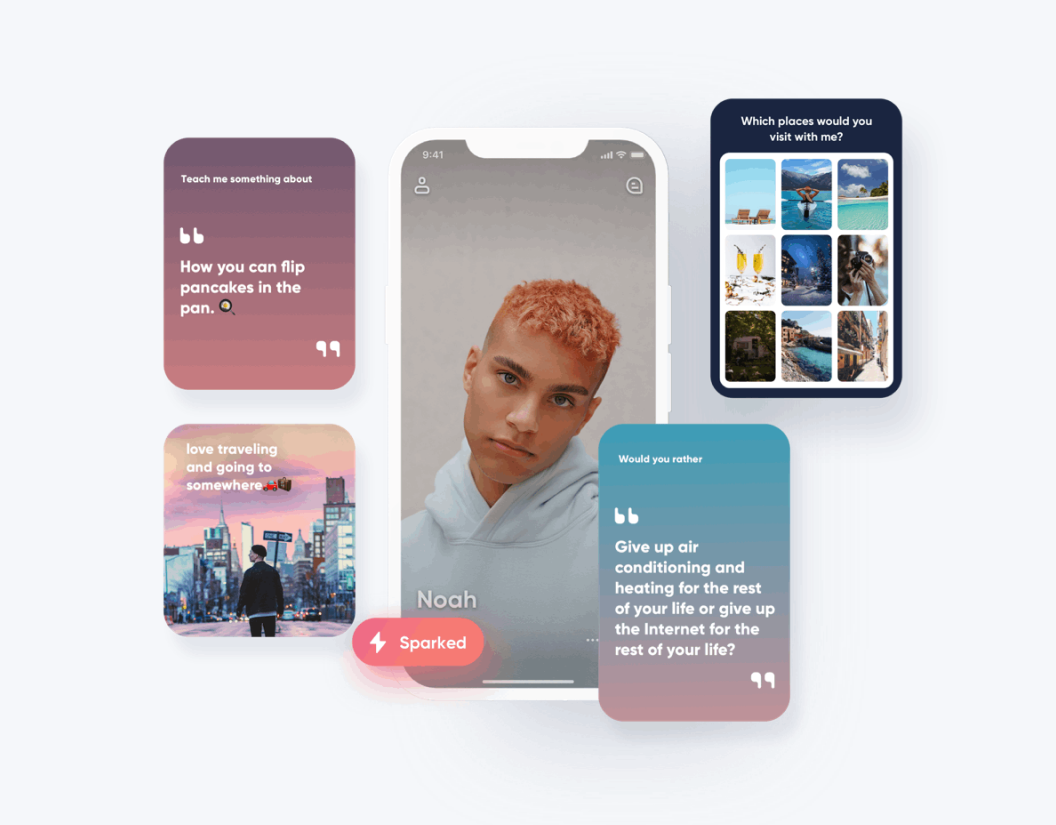HERE Last Mile
A real-time delivery tracking system, enabling precise progress monitoring and significantly improving operational efficiency
Summary
Collaborated with cross-functional teams to design and deliver a real-time delivery tracking system, enabling precise progress monitoring and significantly improving operational efficiency. This solution minimized delivery errors, optimized resource allocation, and enhanced customer satisfaction by providing reliable, up-to-date information.
My Role UX Designer
Team 3 Designers, 2 Product Owners, 1 Researcher, 1 Product Manager
Team 3 Designers, 2 Product Owners, 1 Researcher, 1 Product Manager
(Took the ownership - After 3 months of joining the team 2 of my design team members left for paternity leave)
With the rise of e-commerce and customer demand for faster deliveries, the last-mile logistics sector is under increasing pressure to streamline operations. Research shows that optimized routing can reduce costs by 20% and enhance delivery speed by 30%, while companies that focus on driver satisfaction experience 25% lower turnover.
Our product vision was to create a seamless, real-time logistics platform where:
- Drivers could follow optimized routes, manage daily delivery tasks, and address disruptions with ease.
- Planners could oversee operations in real-time, spot bottlenecks, and communicate directly with drivers.
I took ownership of the end-to-end driver experience. I led cross-functional workshops, defined OKRs, aligned design strategy with business goals, and presented a user-centric approach to product development. My role included:
Design Strategy: Defining a design strategy aligned with business OKRs and product goals.
Experience Design: Designing user journeys, workflows, and UI for the driver app.
Stakeholder Management: Collaborating with product, engineering, and business teams to prioritize features.
User research
Our user research team had a contextual research as well as sent out surveys to drivers.
Contextual Inquiry: Interviewed 15 drivers and 10 logistics planners to understand their day-to-day operations.
Quantitative Surveys: Sent out a survey to 50 drivers, revealing that 75% experienced daily stress due to unforeseen issues, and 60% reported unclear route instructions as a pain point.
In the meanwhile, I have reviewed the existing solutions in the market and performed competitor benchmarking. I analyzed platforms like Onfleet and Route4Me to identify best-in-class solutions.
I took the lead for designing the end-to-end driver experience, starting by mapping a high level journey map, using the findings we have collected.
We aimed to create an experience where drivers can use our Driver app for;
1. Viewing their daily route, including addresses and tasks,
2. Getting guided to adresses
3. Successfully completing their tasks of deliveries / pick ups
Therefore we needed to consider two ways of interacting with the app, firstly where they are holding the device in hand to pay attention the tasks and details, and secondly attached in the vehicle where they follow the routing guidance but paying attention to the road
Journey Mapping
I led a cross-functional workshop to map the end-to-end driver journey. We identified 7 key stages:
Review Tasks & Routes: Drivers check their daily schedule.
Start of Route: Drivers begin navigation to their first destination.
In Transit: Drivers follow route instructions.
Encountering Disruptions: Issues like traffic or customer delays arise.
Task Completion: Drivers mark the task as complete.
Re-Routing: Drivers are rerouted if disruptions occur.
End of Day: Drivers reflect on their performance and prepare for the next shift.
Opportunity Areas
We discovered the biggest pain points were at the "Disruptions" and "Task Completion" stages, which directly impacted driver efficiency and stress.
We identified our key features and prioritized them based on user needs and business goals.
After defining the roadmap and prioritizing the features, I then deep dived into prioritized parts of the experience and created job stories by using our learnings.
By creating job stories, it was possible to deep dive in the specific part of the experience and start designing solutions.
In the design process, I have made many assumptions based on our user research, and created hypotheses to validate my assumptions. I have iterated on my design based on these and created metrics to test these different parts of the experience.
Testing Insights
Misalignment: Drivers preferred minimal cards which only indicate address and number, and they preferred to switch the list view when they wanted to see more details
Clarification: Many drivers initially overwhelmed by banners, so we decided with the options with minimal information on the banners and moved them on top of the screen
Success: Time to first action was under 3 minutes for 90% of the users, and task completion rate was reaching up to 95% in our early tests
After multiple iterations, we handed off the designs to development. I worked closely with engineers to ensure the design was pixel-perfect and followed the user flow we envisioned. During this phase, I created:
Design system components to ensure visual and interaction consistency.
Detailed user flows for all key scenarios (e.g., reporting an issue, re-routing).
Usability guidelines to help developers understand design rationale.
Business Impact
Although our initial dashboard app didn't reduce routing time as expected, our shift to a standalone driver app resulted in notable business impact:
Improved Delivery Efficiency:
Reduced average delivery time per task by 15%.
Drivers completed 10% more deliveries daily, optimizing resource allocation.
Increased Driver Satisfaction:
Driver satisfaction scores increased by 22% (KR achieved).
Driver turnover decreased by 18%, aligned with industry best practices for well-being support.
Real-Time Tracking Adoption:
93% of drivers adopted live tracking (KR achieved).
This led to a 25% faster resolution of delivery-related issues.
New Revenue Opportunity:
Recognizing the potential of the standalone app, the product team is now exploring licensing it as a B2B driver-side product for logistics partners.
My learnings
This project demonstrated the power of strategic design to navigate complexity and drive impactful change.
Working with cross-functional teams — from product managers and engineers to business stakeholders — I facilitated alignment around a shared vision despite shifting priorities.
By using tools like journey maps, job stories, and co-creation workshops, I broke down complex workflows into clear, actionable goals. This approach not only led to the development of a driver-side app but also contributed to a 22% increase in driver satisfaction and a reduction in turnover.
The experience taught me that being a designer isn't just about creating interfaces — it’s about fostering collaboration, simplifying complexity, and ensuring every design decision is linked to business impact and user value.

